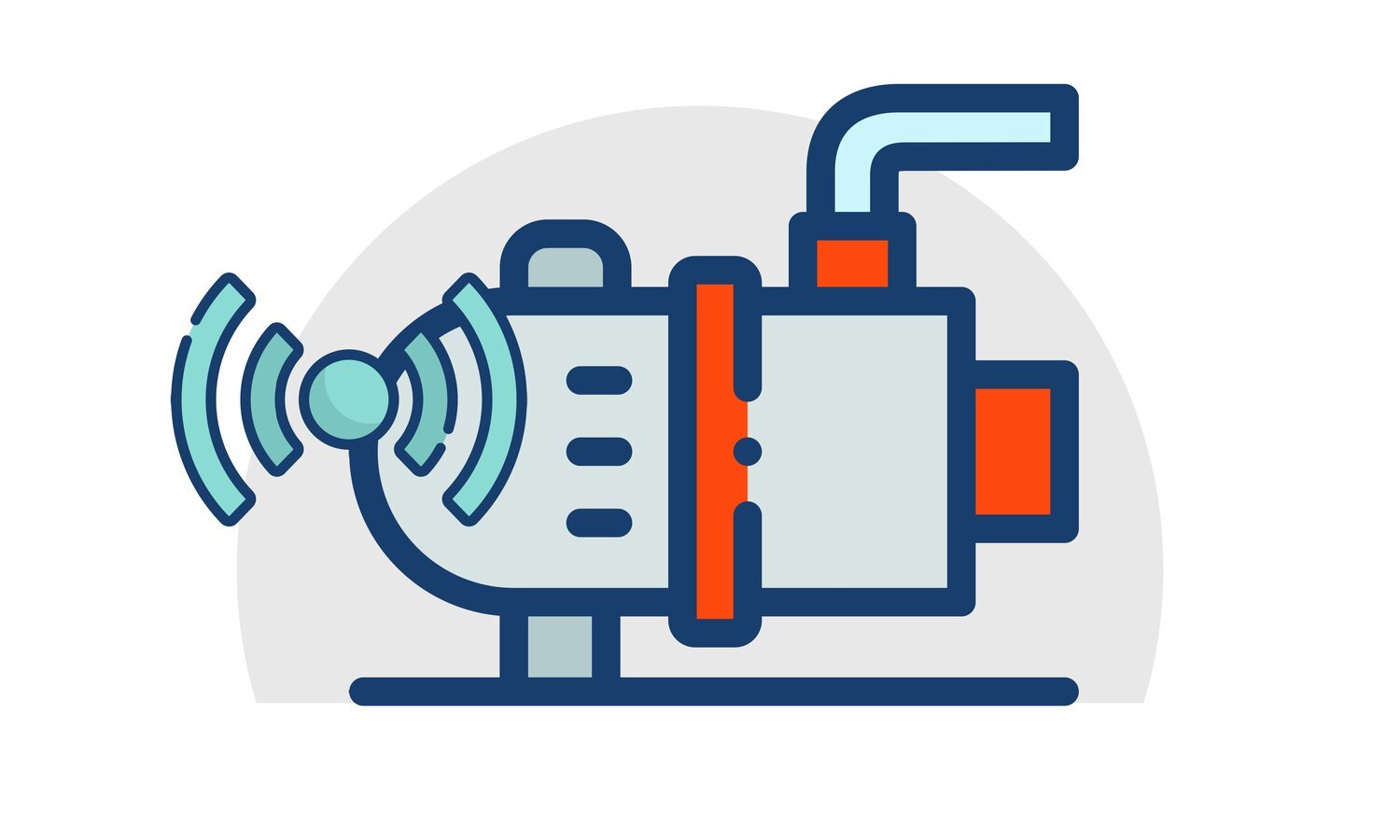How to Effectively Test a Vibration Accelerometer Sensor
Vibration accelerometer sensors play a crucial role in a wide range of applications, from monitoring machinery health to enhancing the performance of consumer electronics. Ensuring these sensors function accurately is vital for reliable data collection and analysis.
Vibration Sensor: Definitions, Applications and How to Use it
A vibration sensor is a device that measures the amount and frequency of vibration in a given system, machine, or piece of equipment. Vibration sensors can be used to give maintenance teams insight into conditions within key assets that might lead to equipment failure, allowing them to predict the maintenance of the machinery, to reduce overall costs and increase the performance of the machinery.
Can an Accelerometer Measure Distance?
In the world of technology, the accelerometer, a versatile sensor, has emerged as a crucial component in various devices. One common question revolves around its ability to measure distance accurately. While accelerometers excel at measuring acceleration, their role in distance estimation is not straightforward. This article explores the working principles of accelerometers, their limitations, and the methods used to estimate distance, shedding light on their significance in modern technology.
How Do You Test a Vibration Accelerometer Sensor?
Testing vibration accelerometer sensors are a vital aspect of ensuring accurate and reliable vibration measurements. By following the outlined steps, best practices, and safety precautions, you can effectively evaluate the performance of your sensor and make informed decisions based on the collected data. Regular testing helps maintain optimal equipment performance, prevent failures, and ultimately contribute to the overall productivity and efficiency of your operations.




